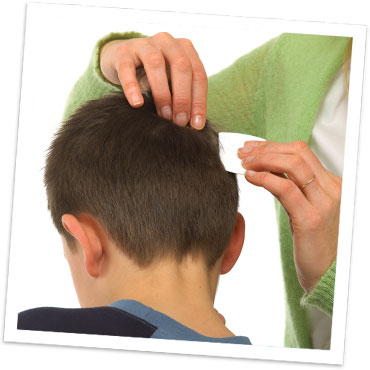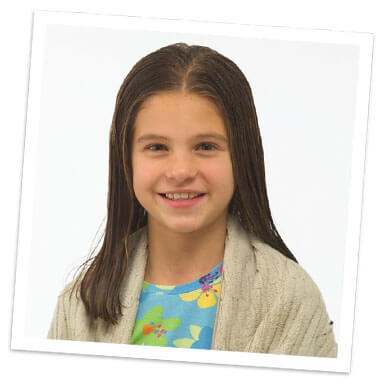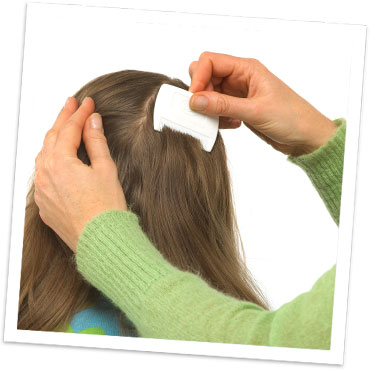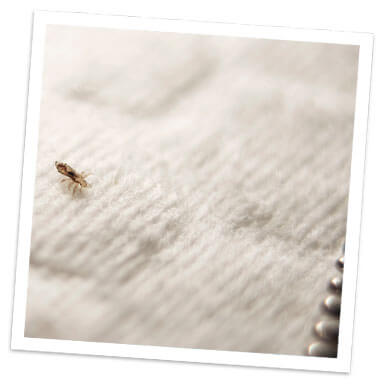Once a Week Take a Peek
Checking your child’s hair only takes a few minutes and can easily become a routine, just like brushing their teeth or combing their hair.

Step 1
Step 1
Use a comb made for the purpose, ideally white so the lice can be seen easily and with teeth no more than 0.3mm apart in order to trap head lice – research has found detection combing was four times more effective than visual inspection

Step 2
Step 2
Comb through the hair using a conditioner, which can help make the process more comfortable

Step 3
Step 3
Ensure the lighting in the room is good
Make sure you divide the child’s hair into sections and insert the comb at the roots before gliding outwards

Step 4
Step 4
You are looking for a living, moving louse. They range in size from a full stop to a sesame seed depending on their age. When it first hatches, a young louse (known as a nymph) is transparent but after its first blood meal, it will darken to a greyish brown colour. Head lice live on, or very close to, the scalp and don’t wander far along the hair shaft unless encouraged to move to a new head.
Hedrin is a Class 1 medical device for the treatment of head lice. Always read the label and follow the directions for use. Suitable for adults and children 6 months and over. NicePak Products (NZ) Ltd, Auckland, NZ. TAPS NP18877

